Photo-Bio Part 4: Photoexposure
Toolik Field Station, North Slope, AK
June 17, 2019
Video of the Day:
The below time-lapse was taken from 6:50 AM to 8:10 PM and depicts a day of photoexposure at Toolik Field Station. You can see the samples of filtered permafrost leachate (in tubes and bags) on the wooden boardwalk nearest the camera. The white cooler and box contain dark control samples. Days of full sunlight up here are a hot commodity for this portion of the experiment, and we're very lucky that the past two days have been so clear.
As a preface to this post, you’ll benefit from reading my overview of the photo-bio project and my reports on Part 1, Part 2, and Part 3. It’s important to pay attention to the key independent variables:
- Soil Type - Surface layer (organic mat) soil vs. permafrost
- Sunlight Exposure - Dark control vs. sunlight-exposed.
After filtering the permafrost tea through a 0.2 micron filter to remove all microbes and microscopic particulate, it was time for photoexposure (exposing samples to natural sunlight). Here’s where we are on the flow-chart:
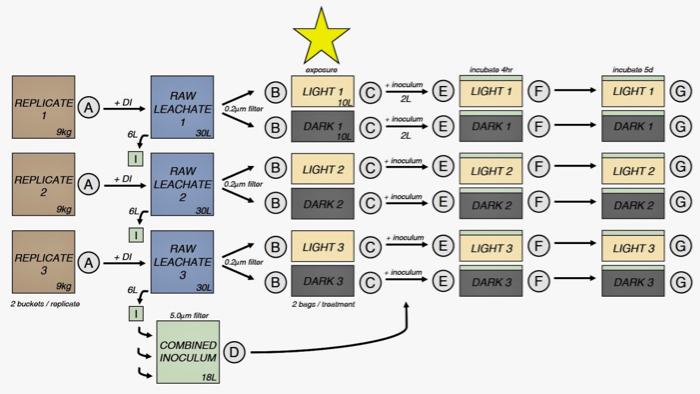
We’ve been completing photoexposure over the past two days. Filtered permafrost leachate samples (three replicates) were first transferred to Whirl-PackⓇ bags and gas-tight tubes. While sample from the Whirl-PackⓇ bags will be used for most post-exposure experimentation, gas-tight tubes are specifically needed for later experimentation involving gas analysis (CO2 production and O2 consumption).
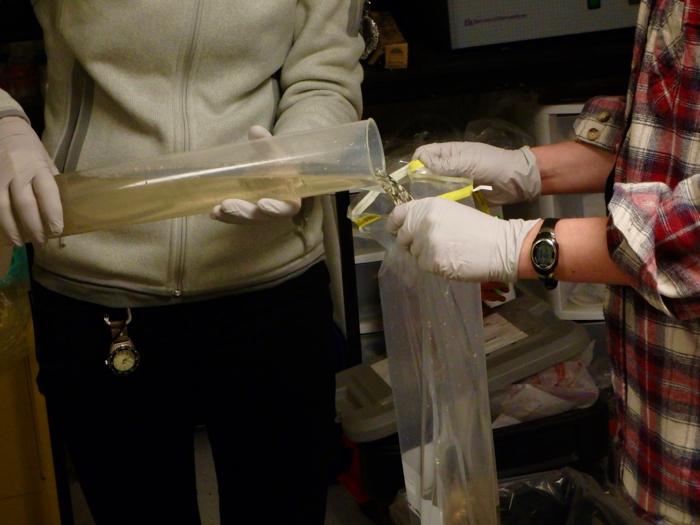
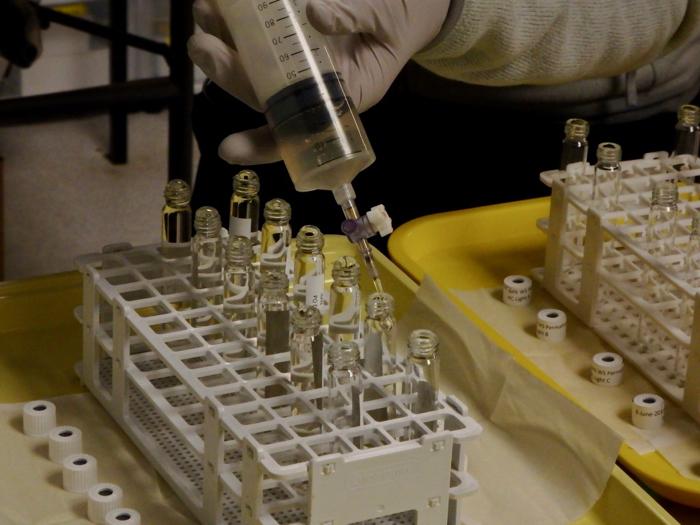
Samples were then split into two categories: sunlight-exposed and dark control. Sunlight-exposed samples were placed outside in direct sunlight. Dark control samples were first placed in a cooler (Whirl-Pack® bags) or plastic bin (gas-tight tubes), which was subsequently wrapped (on the inside and outside) with aluminum foil. Cooler and bin were then placed outside in direct sunlight.
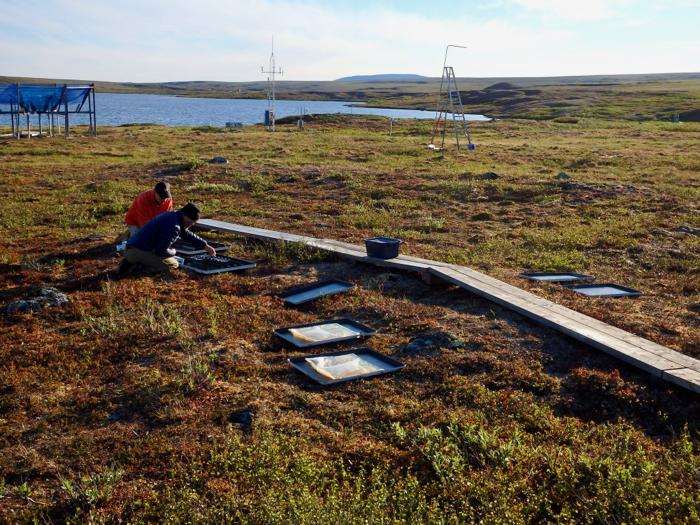
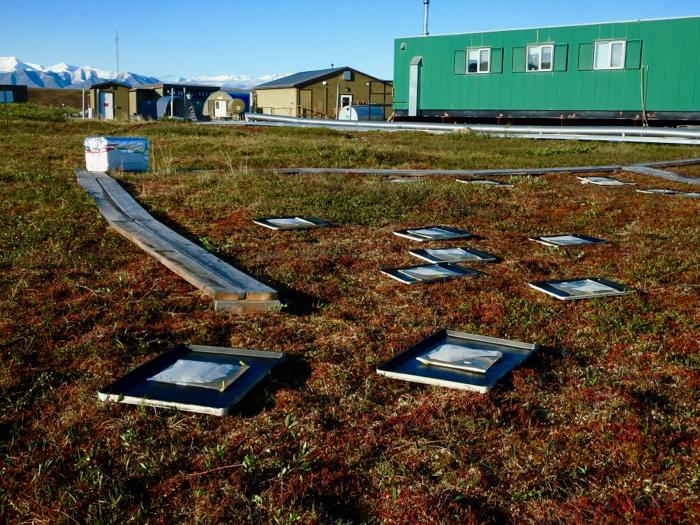
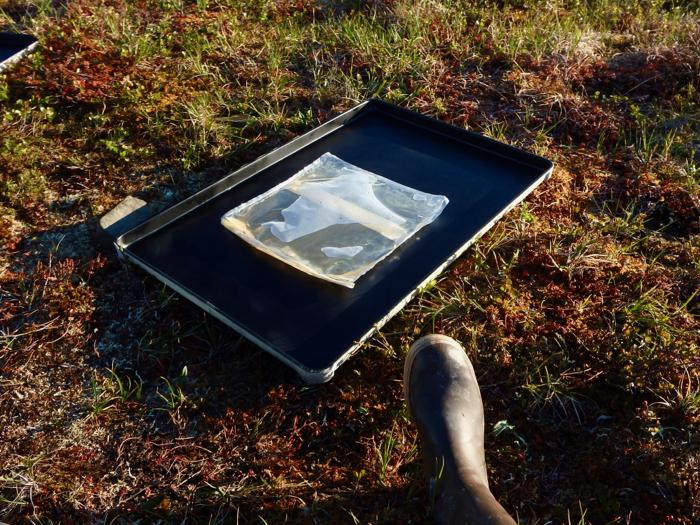
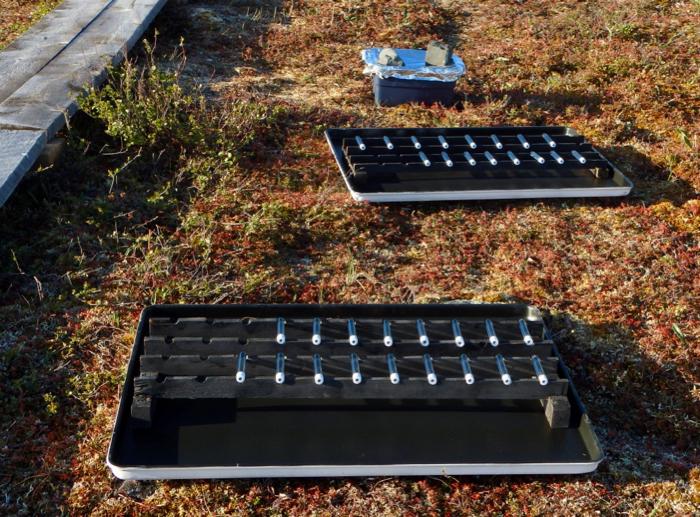
Photoexposure was conducted over the past two days for a total of 24 hours. We are currently preparing for the next phase of experimentation, in which we re-introduce bacteria to the mix and evaluate their growth, gene expression, metabolic efficacy, and community dynamics in sunlight-exposed vs. dark control permafrost leachate. Here, it’s definitely worth reviewing the project goals and hypotheses - I’ve been having to do this every day!
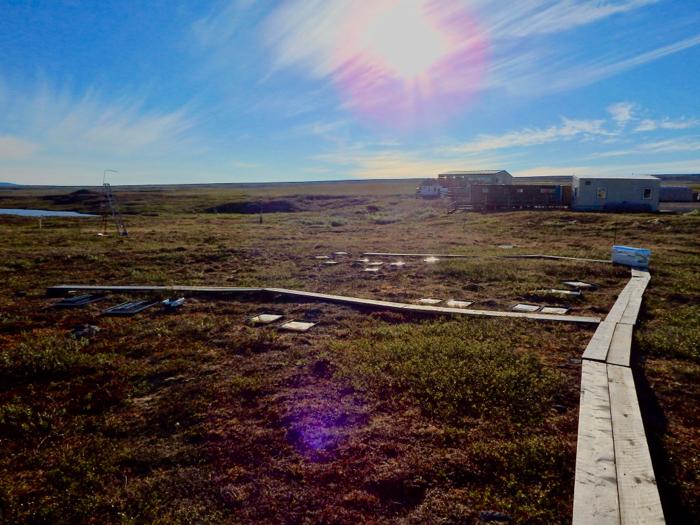
Comment below!


Comments